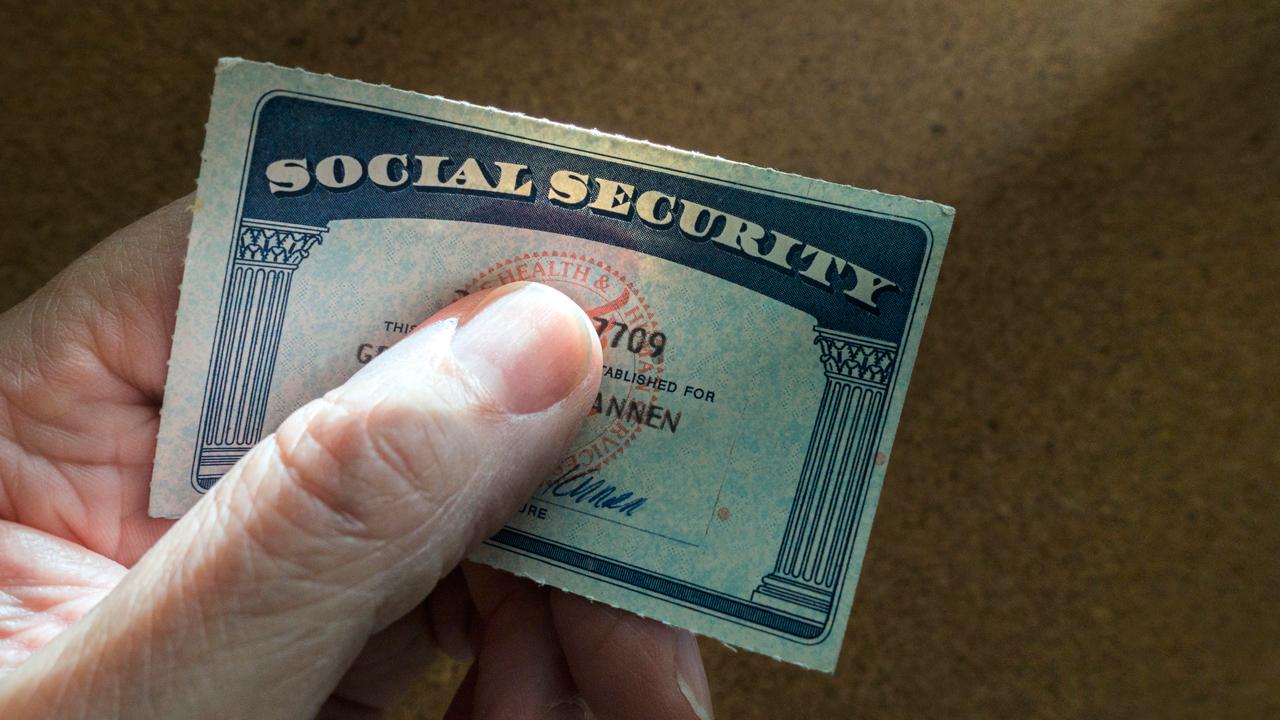Social Security's 'never-beneficiaries' include these people
This year, 63 million Americans are expected to receive a collective $1 trillion in Social Security benefits – but there are some people who will never be eligible for the program.
About 3 percent of people between the ages of 60 and 89 fall into a category the Social Security Administration has deemed “never-beneficiaries.”
More than 37 percent of never-beneficiaries are late-arriving immigrants – those who arrive at the age of 50 or after and have insufficient funds to qualify for the program.
Infrequent workers – non-immigrants with inadequate work hours – make up more than 44 percent of people who will never be eligible for Social Security.
Those who die before they are eligible to collect their benefits make up 7 percent of never-beneficiaries.
But state and local government employees can be left out, too. Called “non-covered workers,” these employees – like teachers and firefighters – have sufficient earnings but are not covered under their employment.
Public employees in 15 states are not covered by Social Security – including California, Connecticut, Texas and Massachusetts. If a state government offers its own retirement plan, it does not have to enroll employees in Social Security. The policy grew out of a debate when the program was created in the 1930s about whether the federal government could implement a tax on other levels of government.
Pensions are typically the alternative source of retirement income for non-covered individuals.
Additionally, some prisoners may be ineligible to receive benefits – which will also be suspended if you are sent to jail for 30 days straight. Individuals that have served time will need to contact the administration.
Moving outside the U.S. could also result in a suspension of payments. The Treasury Department will not pay those living in Cuba or North Korea, owing to sanctions policies. People residing in Moldova, Belarus, Ukraine and other countries are generally ineligible.
Women make up the largest percentage of never-beneficiaries, at more than 63 percent, followed by those with less than a high school education – 34.7 percent – Hispanics at 22.4 percent and widows at 19.6 percent.
Not being eligible for Social Security could present a serious financial challenge for affected groups. Benefits make up about 33 percent of income for elderly recipients. One-fifth of married couples and nearly half of single people rely on Social Security for more than 90 percent of their retirement income.
As of June, the average monthly benefit for a retired worker was $1,413.




















